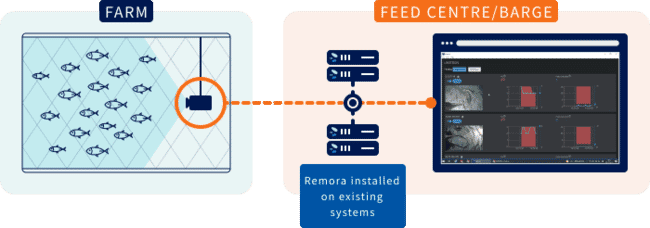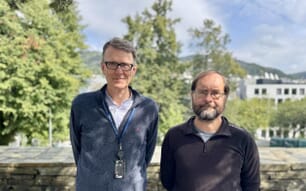
According to the Singaporean firm, Remora was specifically designed to increase efficiency and reduce unnecessary workload and stress for feed operators when having to monitor multiple pens. Since the company’s Fish Appetite Index's (FAI) launch in 2019, it has been helping farmers to gauge fish appetite using a combination of machine learning algorithms and image analytics.
Producers can now easily access FAI by installing Remora on their computers and connecting to existing on-site cameras, says the company in a press release. Doing so allows them to track fish feeding activity in real-time and make necessary changes to feeding protocols. Using customised pre-set thresholds, operators will also receive an alert when changes are detected, helping them to track critical shifts in fish response during feeding.
Umitron’s new system also boasts two additional key features – pellet detection and mortality estimation. In this way, Remora ensures that fish are fed based on their hunger levels and that there is no unnecessary feed wastage that may contribute to unsuitable environmental conditions. Remora’s interface allows users to quickly see FAI changes and numbers of pellets in one interface. They can also adjust their thresholds to be notified of changes when values enter the red warning zone.
The mortality estimation feature allows farm operators to streamline their operations by automating the daily dead fish counting process. Users start by scheduling their preferred counting times and ensuring their cameras are correctly positioned. Remora then automatically quantifies dead fish for the captured images using AI. This feature will help users manage mortality counts and check fish health conditions more easily.
All feed and mortality data are stored in the dashboard. Umitron notes that farm managers can easily access the historical data to keep an eye on feed performance and compare it with their production metrics over time. They can also use the data for training purposes to ensure consistency between different feed operators.
The company says it is currently working with several partners in key salmon producing regions and producers who farm other species using centralised feeding systems and is also looking for other producers keen on further optimising and refining their feeding protocols to achieve a more sustainable production footprint.




